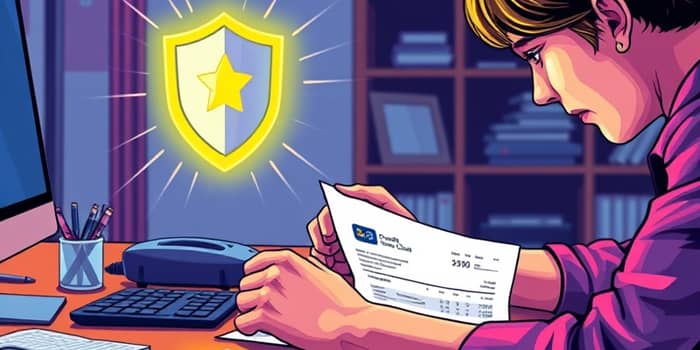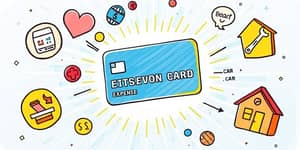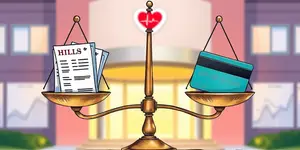
Dealing with unexpected or unauthorized credit card charges can be stressful and confusing. Fortunately, consumers have a powerful tool called a chargeback, which allows you to protect your finances against unjust charges. By understanding your rights and following a clear process, you can reverse problematic transactions and restore lost funds.
This comprehensive guide will walk you through what a chargeback is, valid reasons to request one, the detailed process, important deadlines, and best practices to ensure a smooth resolution. Armed with this knowledge, you can confidently navigate disputes and safeguard your financial well-being.
A chargeback is a transaction reversal initiated by the issuing bank to protect cardholders from unauthorized or disputed charges. When you file a chargeback, the bank withdraws funds from the merchant’s account and temporarily credits your account while the dispute is investigated.
This mechanism serves as an essential layer of consumer protection by allowing you to contest transactions you believe to be fraudulent, unauthorized, or otherwise problematic. Understanding this fundamental concept is the first step toward asserting your rights.
You may be eligible for a chargeback under several circumstances. Common valid reasons include:
To strengthen your claim, gather all relevant documentation—receipts, communication logs with the merchant, tracking numbers, and any photos or screenshots illustrating the issue. Having detailed evidence can significantly improve the likelihood of a successful dispute.
The chargeback procedure can be broken down into several clear stages. Below is an overview of each step, outlining your role and the bank’s actions.
Throughout this process, maintain open communication with your issuer and submit any additional information promptly. A well-documented case helps ensure a swift and favorable resolution.
Chargeback disputes are governed by strict timelines set by card networks:
Missing these deadlines may limit your ability to recover funds. As soon as you identify a problem, initiate the dispute process and provide any required documentation without delay.
Filing a chargeback grants you key protections and potential remedies:
If you are dissatisfied with the outcome, you retain the right to appeal or seek arbitration, escalating the dispute to the card network for a binding decision.
Successful chargebacks often hinge on thorough evidence. Essential documents include receipts, order confirmations, written communication with the merchant, delivery tracking details, photographs of defective items, and screenshots of policies or advertisements. Organize this information chronologically to present a clear narrative of events.
Before initiating a formal dispute, attempt to resolve the issue directly with the merchant. Many problems can be settled amicably without the need for a chargeback. If this approach fails, act quickly and file your dispute through your issuer’s customer service channels. Remember to keep copies of every email and note from phone conversations, as detailed records bolster your claim.
Although chargebacks primarily protect consumers, merchants also possess certain rights. They can review the dispute reason, submit counter-evidence in a process called representment, and escalate to arbitration if necessary. However, excessive chargebacks can lead to fines, higher processing fees, or even termination of merchant accounts.
Merchants face not only the loss of the sale amount but also additional chargeback fees, which can significantly impact small businesses. Understanding these mutual rights and risks encourages both parties to resolve disputes professionally and fairly.
Chargebacks complement broader legal safeguards under laws like the Fair Credit Billing Act (FCBA) in the United States. These regulations entitle you to dispute billing errors, unauthorized charges, and certain merchant failures. Familiarizing yourself with both statutory protections and card network rules ensures you leverage every avenue available to protect your financial interests.
Chargebacks are a vital tool that empower you to fight unauthorized, fraudulent, or unsatisfactory transactions. By understanding the process, meeting deadlines, gathering comprehensive evidence, and attempting direct merchant resolution, you maximize your chance of securing a favorable outcome. Whether you are dealing with a missing shipment, subpar product quality, or an unrecognized charge, your rights as a cardholder enable you to restore your funds and maintain control over your financial security.
Next time you spot an erroneous charge, take action promptly, document everything carefully, and use the chargeback process to assert your rights. Your informed and proactive approach can turn a stressful situation into a straightforward path toward recovery.
References













